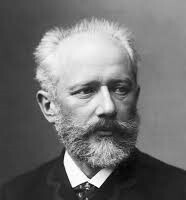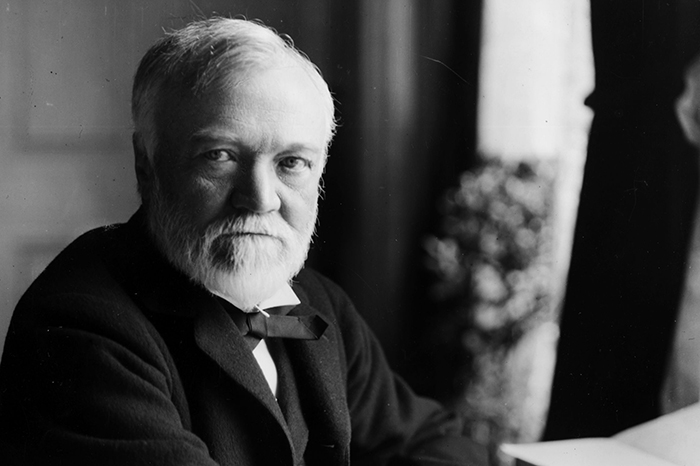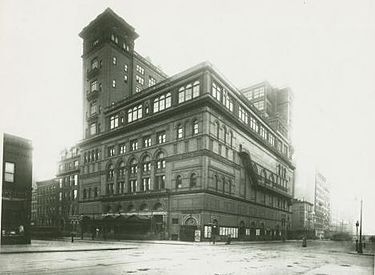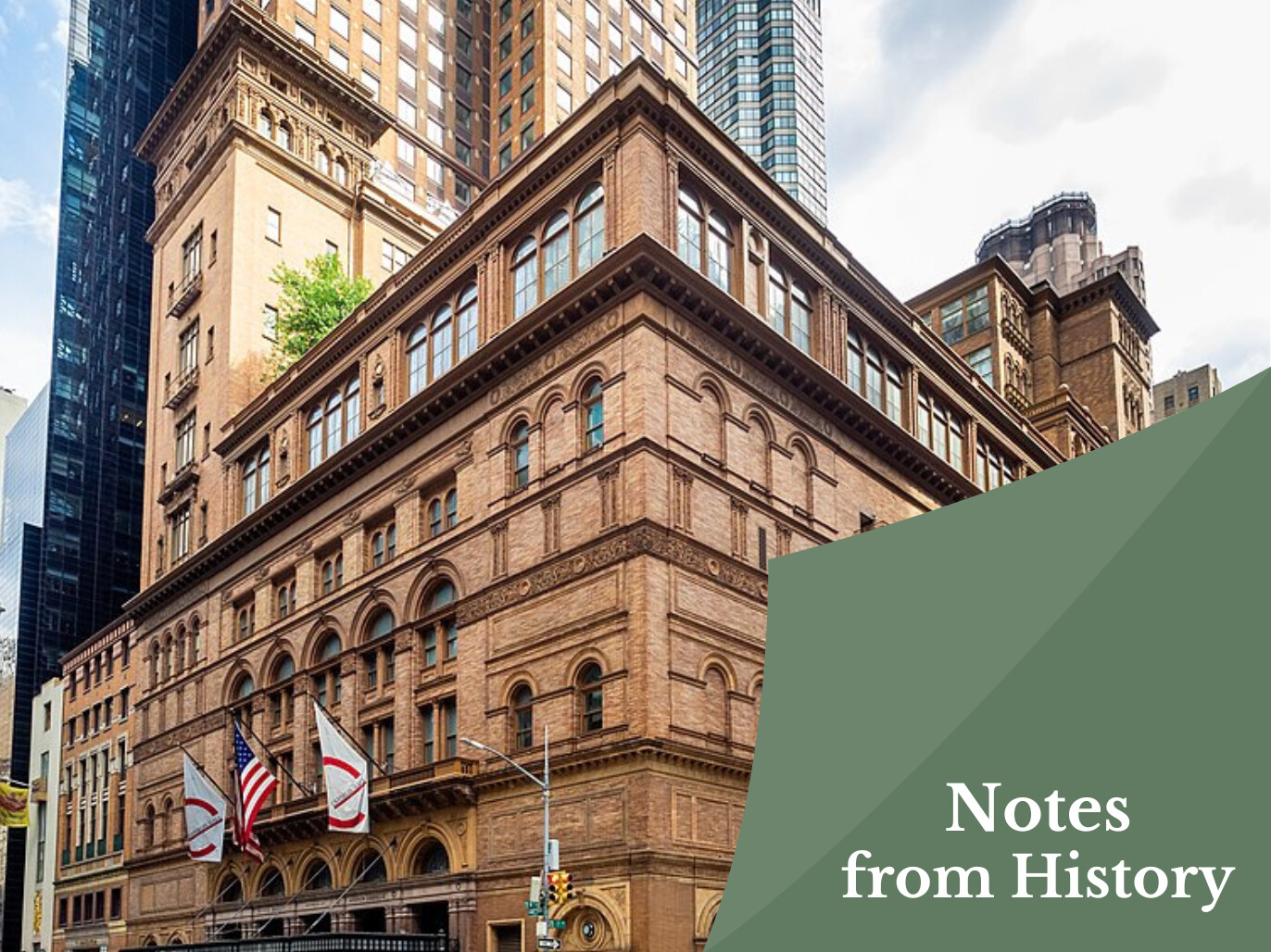In the quest to transform New York into America’s answer to Europe’s thriving cultural centers, the consecration of the great American halls were highly anticipated social events. The flamboyant mixes of America’s social elite and the great composers of the time were invited to mark the event. One such composer was the internationally renowned Pyotr Ilyich Tchaikovsky who would be the centrepiece of this special evening.
View author's page
Reading time estimated : 4 min
“On the way I conducted a remarkably amicable and animated conversation with my companions… ” wrote Tchaikovsky in his diary on April 26, 1891. “—Yet in my soul I desperately wanted to flee far away from them.”

Pyotr Ilyich Tchaikovsky
The composer had good reason to feel out of sorts. He had just arrived in New York after nine days at sea, during which he had had to endure terrible weather, irritating fellow passengers, and even the theft of his wallet. To make matters worse, shortly before leaving for New York he had learned of the death of his sister.
It had taken something special to lure the composer across the Atlantic: the opening of what would soon be known as Carnegie Hall. He was to conduct his own works in several concerts there, as part of the spectacular opening week.
The “Music Hall,” as it was then known, was opened on May 5. It was a landmark event in New York’s cultural life, only a few years after the Metropolitan Opera House’s opening in 1883. Its name change to Carnegie Hall came just two years after the opening, in honor of Andrew Carnegie, the philanthropist whose money made construction possible. The conductor Walter Damrosch was the other driving force behind the new building, honoring a long-held dream of his father Leopold, a German conductor who emigrated to New York, and died in 1885.

The building itself was designed by architect William Burnet Tuthill, who paid particular attention to the acoustic. Even Tchaikovsky called it a “magnificent” hall, and it helped to lure such European greats as Dvořák to the New World – the Czech composer arrived the following year. The New York Philharmonic celebrated Dvořák’s Carnegie Hall connection in 2011, in a concert marking the hall’s 120th anniversary, with his Carnival Overture:
Back in 1891, the opening concert featured Tchaikovsky conducting his own Marche solennelle in between Beethoven’s “Leonore” Overture no. 3 and Berlioz’s Te Deum, a work acerbically described by Tchaikovsky as “rather tedious; it was only at the end that I really began to enjoy it.”
Tchaikovsky’s own contribution was hugely successful, as the composer himself acknowledged, although he expressed irritation that the press reviewed his appearance on stage, complete with its “brusque and jerky bows,” as well as his music. Two further concerts featured his Suite No. 3 and his Piano Concerto No. 1, the latter played by Adele aus der Ohe, a German pianist who studied with Liszt and enjoyed a spectacular international career, especially in the US. A mere two years after the Carnegie Hall concert, she played at Tchaikovsky’s memorial concert in St Petersburg.

The star draw in New York, however, was Tchaikovsky himself, whose works were well known to American audiences. Despite his awkward-seeming bows, he was a huge success. He was sent newspaper cuttings every day during his stay. “All of them, without exception, are laudatory to the highest degree,” he wrote. “The 3rd Suite was praised to the skies, and my conducting even more so. Am I really such a good conductor? Or are these Americans exaggerating?!!!”

